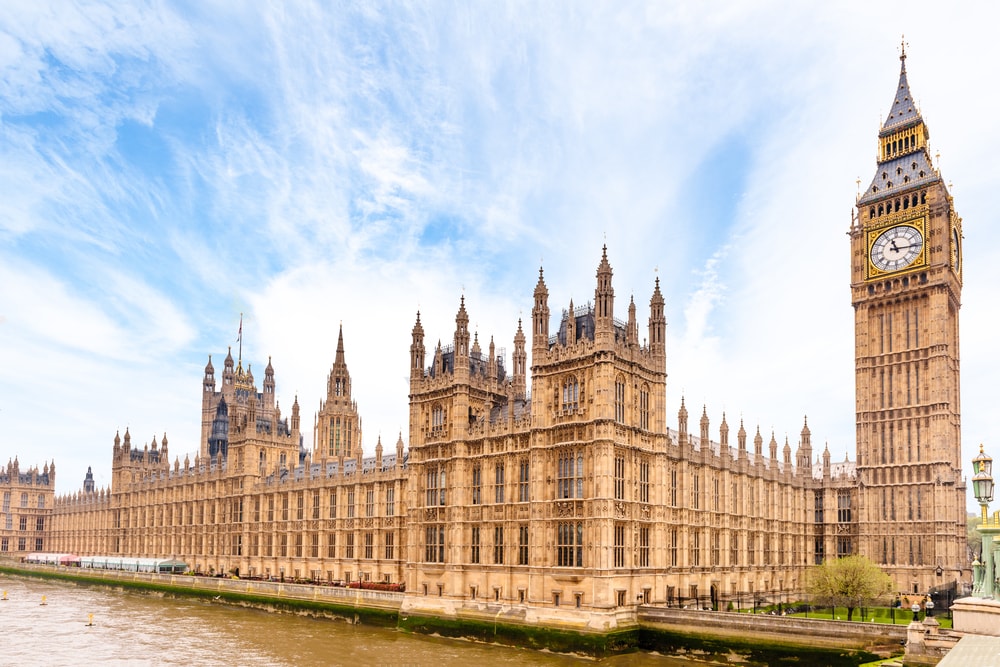The majority (93 per cent) of defined benefit (DB) pension schemes have seen a reduction in their asset base over the past 12 months as a result of falling bond and liability-driven investment (LDI) prices, analysis from PwC has revealed.
The research found that despite the collective funding position of the UK’s DB pension schemes reaching record surplus levels this year, the LDI crisis has had a lasting effect on the asset base of the UK’s DB pension schemes.
In particular, more than half of the pension schemes surveyed saw their asset value fall by 20-40 per cent, with a further 7 per cent seeing their asset value fall between 40-60 per cent.
In contrast, only 7 per cent of schemes recorded an increase compared to 12 months ago.
However, the survey found that just 10 per cent of pension schemes saw their funding level fall in the last 12 months, with 9 per cent of schemes reporting a deterioration of up to 15 per cent lower and a further 1 per cent reporting more than 15 per cent lower.
Instead, nearly three quarters (74 per cent) of schemes surveyed saw an improvement in their funding, with 61 per cent of schemes seeing an improvement of up to 15 per cent and a further 13 per cent recording a significant improvement of 15 per cent and over.
PwC suggested that this improvement in funding levels was largely driven by rapidly increasing long-term gilt yields, which reduce the assessed value of the liabilities as future pension payments are discounted at a higher rate.
As a result of these improvements, nearly a third (30 per cent) of schemes have now reached their long-term funding target, according to PwC, trebling from 2022.
Measured against schemes’ own long-term funding targets, nearly a quarter (23 per cent) of schemes were funded between 100-110 per cent, and a further 7 per cent were funded above 110 per cent.
Commenting on the findings, PwC head of pensions funding and transformation, John Dunn, stated: “Our survey shows that despite a weaker year for pension scheme assets, the consistently strong collective funding levels of the UK’s DB pension schemes appear to be the ‘new norm’.
“As a result of the shift in market conditions, many trustees and sponsors have had to review their position, which they did not expect to contemplate for another decade, and think about what’s next in terms of end-game strategy.
“When it comes to endgame options, we are seeing a mix of schemes rushing to get ready to join the insurance buyout queue, whilst others are contemplating running off.
“Yet, following the Mansion House speech, an increasing minority of schemes are also starting to consider alternative solutions such as superfunds.
"Ultimately, all sponsors should think about the range of available opportunities to ensure the best possible long-term outcome for all stakeholders.”
Latest News
-
Looking back: Top 20 most read stories of 2025
-
‘Growing minority’ of pension savers turning to newer digital channels
-
Border to Coast deploys more than £1bn across private markets programme
-
Looking back: The Pensions Age 2025 DEI focus
-
This week in pensions: 15-23 December
-
Looking back: 2025 - The year of the big pension overhaul
Private markets – a growing presence within UK DC
Laura Blows discusses the role of private market investment within DC schemes with Aviva Director of Investments, Maiyuresh Rajah
The DB pension landscape
Pensions Age speaks to BlackRock managing director and head of its DB relationship management team, Andrew Reid, about the DB pensions landscape
Podcast: From pension pot to flexible income for life

Podcast: Who matters most in pensions?

In the latest Pensions Age podcast, Francesca Fabrizi speaks to Capita Pension Solutions global practice leader & chief revenue officer, Stuart Heatley, about who matters most in pensions and how to best meet their needs
© 2019 Perspective Publishing Privacy & Cookies











Recent Stories